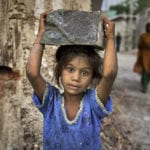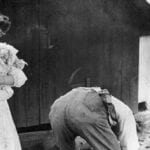 Technology
Technology  Technology
Technology  Humans
Humans 10 Everyday Human Behaviors That Are Actually Survival Instincts
 Animals
Animals 10 Animals That Humiliated and Harmed Historical Leaders
 History
History 10 Most Influential Protests in Modern History
 Creepy
Creepy 10 More Representations of Death from Myth, Legend, and Folktale
 Technology
Technology 10 Scientific Breakthroughs of 2025 That’ll Change Everything
 Our World
Our World 10 Ways Icelandic Culture Makes Other Countries Look Boring
 Misconceptions
Misconceptions 10 Common Misconceptions About the Victorian Era
 Mysteries
Mysteries 10 Strange Unexplained Mysteries of 2025
 Miscellaneous
Miscellaneous 10 of History’s Most Bell-Ringing Finishing Moves
 Technology
Technology Top 10 Everyday Tech Buzzwords That Hide a Darker Past
 Humans
Humans 10 Everyday Human Behaviors That Are Actually Survival Instincts
 Animals
Animals 10 Animals That Humiliated and Harmed Historical Leaders
Who's Behind Listverse?

Jamie Frater
Head Editor
Jamie founded Listverse due to an insatiable desire to share fascinating, obscure, and bizarre facts. He has been a guest speaker on numerous national radio and television stations and is a five time published author.
More About Us History
History 10 Most Influential Protests in Modern History
 Creepy
Creepy 10 More Representations of Death from Myth, Legend, and Folktale
 Technology
Technology 10 Scientific Breakthroughs of 2025 That’ll Change Everything
 Our World
Our World 10 Ways Icelandic Culture Makes Other Countries Look Boring
 Misconceptions
Misconceptions 10 Common Misconceptions About the Victorian Era
 Mysteries
Mysteries 10 Strange Unexplained Mysteries of 2025
 Miscellaneous
Miscellaneous 10 of History’s Most Bell-Ringing Finishing Moves
10 Hardships Plaguing Native American Communities Today
Native Americans are no strangers to misery, whether from the atrocities of colonialism and the genocide of their people or the numerous tragedies still facing them today. The disadvantages handed down to them throughout history have left many Natives with feelings of isolation, identity crisis, and cultural shame. The consequences of these modern-day hardships act as a major obstacle toward future change and betterment for tribes.
10 High Suicide Rate
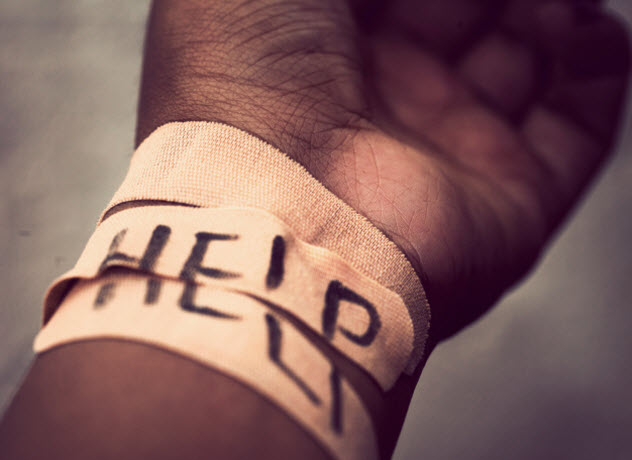
In the US, approximately one million people attempt suicide every year. Even more alarming is that the suicide rate in Native American communities is over three times the national average.
Young Native people are among the most at risk for suicide, with 40 percent of all Native American suicides occurring among individuals between the ages of 15 and 24. These lives are cut short for a myriad of reasons, including violence at home, high unemployment rates, addictions to narcotics, and sexual abuse. Within five months on the impoverished Pine Ridge Reservation in South Dakota, nine individuals under the age of 25—with one as young as 12—killed themselves.
Indian Health Services has partnered with members of the community at both the local and federal level in an attempt to reverse the high suicide rate. They have created media campaigns and prevention videos where Native youths speak openly about the dangers associated with contemplating suicide. Sadly, the numbers remain tragically high.
9 Poverty Rate
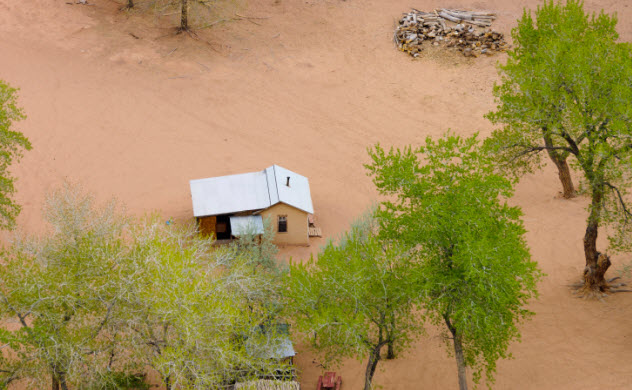
Since the economic crisis of 2008, we’ve become used to hearing about high unemployment rates and few opportunities for finding work. Although the economic tide seems to be turning for many others, Native Americans continue to be crushed by the dismally high unemployment rates on reservations.
It’s estimated that 25 percent of Native Americans live in poverty. In addition, many Natives are unable to get full-time work due to lack of opportunities. Only about 36 percent of Native males are employed full-time throughout the year.
Even during the Great Depression when Dorothea Lange was taking her infamous photographs of homeless men and women in line at soup kitchens, the rate of unemployment never reached the staggering level at which it stands today on reservations. For example, the Rosebud Sioux Tribe of South Dakota has an 83 percent unemployment rate, with 76 percent of those who are employed still mired in poverty.
Lack of access to good public education is another reason that reservations continue to be racked by poverty. More than 20 percent of Native Americans over the age of 25 haven’t completed high school. Of those who do pursue a higher education, only 39 percent will complete a college degree within six years.
8 Discrimination
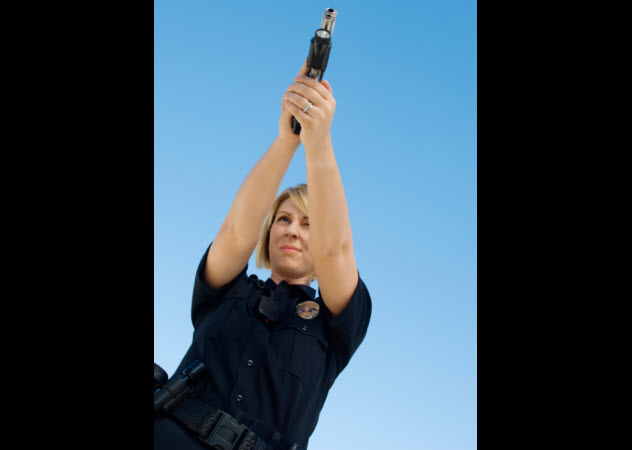
Sadly, we have grown accustomed to hearing about the discrimination that exists against African Americans, LGBTQ communities, and various religious institutions, but the prejudices against Native people are widely unknown and translate into some frightening statistics. For example, police officers shoot Native Americans more than any other ethnic group.
Though many would agree that the blatant imbalance in police shootings among certain ethnic groups is wrong, they fail to recognize the apparent bigotry that appears right in front of them while watching television. The Washington Redskins, the DC-based NFL team, has long ignored their offensive name. Many Natives view the team’s name as shameful, despicable, and mocking of their heritage.
However, children often suffer the most from racism against Native Americans. Students attending the Little Singer Community School located in the Navajo Nation in Arizona are forced to deal with mouse infestations, asbestos, and mold. They even have to carry their chairs from class to class because there’s not enough funding to cover the cost of seats in each classroom.
The federal government is responsible for the lack of funds and budget cuts in Native American schools, causing students to perform far below the level of their white peers. With such low academic performance, schools in Native American communities continue to receive very little aid, further widening the gap between them and non-Native schools.
7 Alcoholism And Drug Addiction
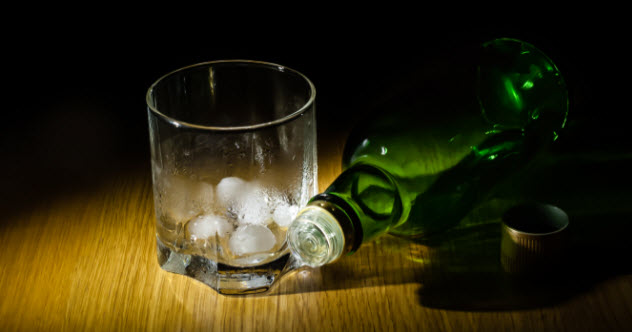
Native Americans are five times more likely to die of alcohol-related reasons than white people. Diseases linked to alcoholism, such as liver failure, are the sixth leading cause of death among Native populations. Fetal alcohol syndrome is also common.
In 2012, Natives on the Pine Ridge Reservation filed a $500 million lawsuit against beer manufacturers for the havoc their products have wreaked on their nation of 40,000 people. The suit also names as defendants four liquor stores from the tiny, nearby town of Whiteclay, Nebraska.
Despite a ban on alcohol on the reservation, the suit alleges that Whiteclay, with its population of only 14 people, is smuggling alcohol onto the reservation. In 2010, the four liquor stores in that town sold almost five million cans of beer despite having no public places in which to legally consume alcoholic beverages.
Drug use among Natives is common. The use of methamphetamine is particularly widespread on rural reservations, and it’s estimated that the rate of abuse is three times higher than that of whites. Heroin is also greatly abused. A recent FBI report showed that drug cartels from Mexico are focusing specifically on Native American reservations, knowing that these areas lack enough law enforcement to combat the problem. In addition, high unemployment rates leave many Natives desperate to earn money through drug smuggling.
6 Obesity

Fry bread, now a staple in Native cuisine, originated almost 150 years ago when the US government forced tribes from their land and onto reservations that could not support the crops they normally cultivated. In order to prevent starvation, the government issued them sugar, flour, and lard, which culminated in the birth of fry bread—a food that is essentially fried dough.
This fattening beginning has influenced the modern-day diet of many Natives and contributes to the already troubling state of unhealthy behaviors. Nearly 33 percent of Natives are obese, contributing to the diabetes and heart disease that some of these individuals will suffer during their lifetimes.
Many factors contribute to the high rates of obesity, including the low cost of high-calorie snacks when compared to the high cost of produce. In addition, the high rate of unemployment and lack of physical activity contributes to an overall increase in the intake of food. Obesity in Native communities can begin with children as young as preschool and follow individuals well into adulthood.
5 Dying Traditions And Languages
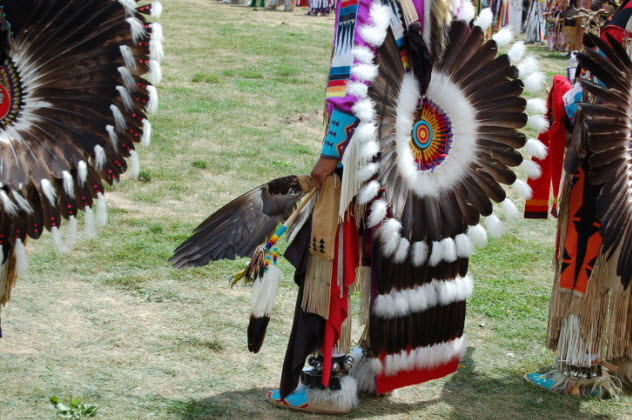
When European settlers arrived on the North American continent, there were hundreds of languages spoken by the indigenous peoples living there. In the centuries since then, those that can speak the original tongues have dwindled to only a few individuals. Of those languages that still exist, only a handful are taught to the younger generations. With the death of these languages comes a loss of identity and cultural awareness. Ceremonies, stories, and rituals—which were once a part of everyday life—cease to exist without a way to understand and communicate them in their original language.
In the 1960s, Native American children attending boarding schools were punished by their teachers for speaking their indigenous languages. Television and various media outlets also contribute greatly to the possible extinction of language and tradition. Many young people are discouraged from speaking their tribal languages and pressured to leave traditional community values for the glamorous, fast-paced world that exists in movies and media.
Understandably, when faced with such challenges as extreme poverty, prejudice, lack of employment, and hereditary risk of substance abuse, the last thing many Native people are thinking about is keeping traditions alive. Colonists and the US government have spent much time over the last few hundred years trying to abolish many Native American cultural traditions, and they have almost succeeded.
The removal of tribes from their homelands has destroyed many traditions that were tied to sacred areas, causing many Natives to lose the unique understanding of their world as embodied in their former religious rituals. Many Native organizations and non-Native advocates are working hard to preserve the languages and cultural practices of tribes, and there has been some improvement in the past few decades.
4 Self-Hatred
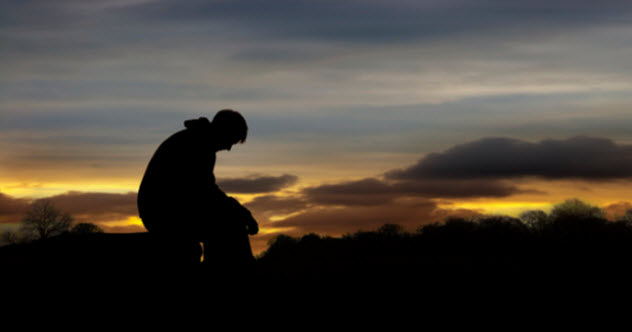
So far, you have a population that has dealt with genocide, colonialism, relocation, poverty, high suicide rates, unemployment, and a predisposition to addiction. Is it any wonder that there is some self-loathing that goes with that? One Native man who wrote an article about his self-hatred for The Huffington Post stated, “I am simply admitting that, despite my efforts to discard my damaging thought processes, I hold deeply-rooted prejudiced views about my own people, and indeed about myself.”
The trauma that many modern-day Native Americans and their ancestors have lived through can result in depression. Even in many educational institutions today, the Native American genocide is still not openly discussed or recognized. Especially with the loss of traditional values and a lack of strong cultural identity, Native American children are more prone to self-esteem issues than their Caucasian peers.
Of the few mental health studies conducted on Native populations, results have shown that the rates of those suffering from depression in Native American communities can range anywhere from 10 to 30 percent. The Native concept of psychological health is holistic and can be expressed via physical, emotional, spiritual, and mental balance. From 2005 to 2010, Natives reported that at least 14 of the 30 days that they tracked were “poor mental health days” for them. In addition to a lack of health care resources, Native Americans do not receive much of the psychological care they need because of cultural barriers that exist between indigenous beliefs about mental well-being and the Western model of treatment.
3 Corruption
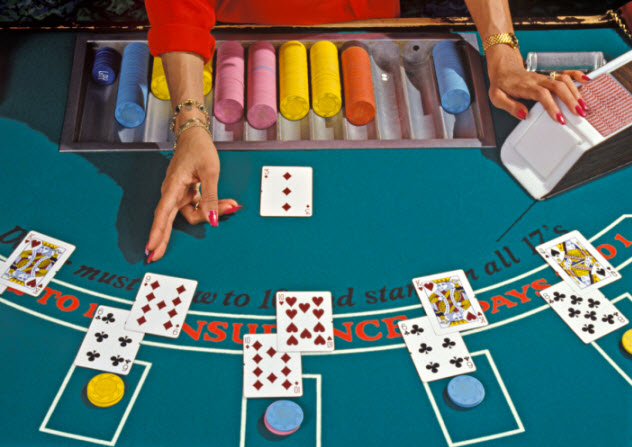
Despite the high levels of poverty on many reservations, there are several tribes that have a great deal of wealth, mostly due to the casino business. For example, the Choctaw Nation of Oklahoma relies heavily on the casino resort complex that is located on their tribal land.
In 2014, however, the FBI arrested a Choctaw public official for allegedly demanding bribes and kickbacks from builders bidding on tribal construction projects. In total, this public official was alleged to have stolen more than $500,000 from his own tribe, robbing the community of funds needed for educational and public health services.
Unfortunately, corruption is common. In 2013, five Chippewa-Cree tribal council members were charged with stealing hundreds of thousands of dollars in federal stimulus funds that were intended for the construction of a water pipeline. In August of that year, six individuals appointed to oversee a program for troubled kids on the Blackfeet Reservation were charged with stealing millions of dollars from the project. Many similar cases have popped up over the past few decades, and it seems that the corruption isn’t going away anytime soon.
2 Sexual Abuse
Crimes that involve sexual abuse often go unreported, making it more difficult for perpetrators of such horrific crimes to be brought to justice. In Native communities, the likelihood that a woman will be sexually abused is 2.5 times greater than the general female population in the US. In the Navajo Nation in 2007, 329 rape cases were reported to law enforcement. In 2011, 65 percent of rape cases reported on all reservations were not prosecuted by the Justice Department. About 86 percent of the crimes against Native women are committed by men who are not Native.
Various reasons have been proposed as to why Native American women run a greater threat of sexual assault, including a breakdown in family structure, a high rate of substance abuse, the remote locations of some reservations, and a lack of open discussion about sex crimes.
Sexual abuse against Native American youths is also common on reservations and has led to many suicides. A young Lakota boy who hanged himself just a couple of weeks after his 14th birthday was later found to have been a victim of sexual abuse, as were some of his relatives. At a Native middle school in Montana, 20 percent of the children tested positive for STDs. Many of the adults who commit these sex crimes were victims of sexual abuse themselves.
1 Injuries
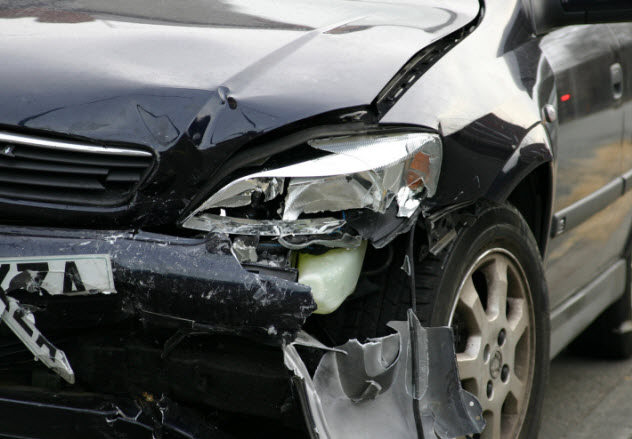
Injury is also a major factor in the deaths of Native peoples. In 2014, it was reported that injury was the leading cause of death of Native Americans between the ages of 1 and 54. Injuries can span from intentional, such as suicide, to unintentional, such as a car accident. For Native Americans, the likelihood of death from unintentional injury is three times higher than for other races.
From 2005 to 2009, research showed that indigenous people were 1.4 to 3 times more likely to die of unintentional injuries (such as car crashes, poisoning, and falls) than white individuals. Auto accidents are one of the leading causes of death of Native Americans, with 56 percent of all car accidents on reservations reportedly related to alcohol consumption.
Two possible explanations for the higher injury rates among Native Americans are poverty and their distance from health services (because so many Native people live in rural settings). When compared to isolated rural populations in general, the injury death rate for Native Americans isn’t significantly higher. Also, the injury rate among Native American children is only slightly higher than that of African-American children.
Lee DeGraw is a freelance writer with an inquiring mind.




